Operating a drone may seem straightforward, but novices often encounter problems like crashes, loss of control, or even legal disputes due to overlooked details. This article, based on over 1,000 real - user cases and industry data, distills 10 frequently - asked questions and offers systematic solutions, aiming to help you progress from a "drone novice" to a "safe pilot".
In - depth analysis: Loss of control usually stems from signal interference (such as near high - voltage power lines or in areas with dense WiFi signals) or failure of environmental perception (e.g., malfunction of visual positioning).
Solutions:
Immediately switch to manual mode (practice in advance is necessary) and attempt to regain control.
Activate the automatic return - to - home function (set the return altitude higher than surrounding obstacles).
Key data: According to DJI's official statistics, 70% of loss - of - control cases are caused by users' failure to anticipate environmental interference.
Technical principle: Video transmission signals are affected by frequency bands (the 2.4GHz band is prone to interference but has strong wall - penetration ability, while the 5.8GHz band is more stable but has a shorter transmission distance) and antenna angles.
Professional advice:
Use third - party apps like Litchi to customize channels and avoid congested frequency bands.
Keep the remote control antenna parallel to the drone and avoid the incorrect "pointing to the ground or sky" posture.
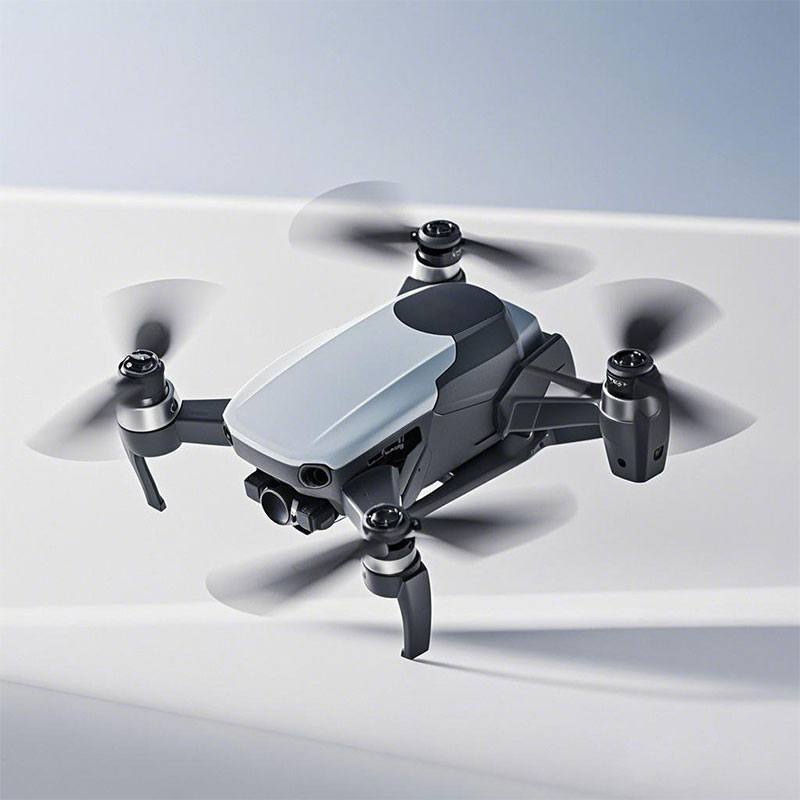
Power - saving tips:
Turn off non - essential sensors (the downward - looking positioning sensor can be turned off in open areas).
Reserve 30% of the battery power when returning against the wind (wind - resistant flight increases power consumption by 50%).
Case reference: An experienced pilot increased the flight time of the Mavic 3 from 46 minutes to 52 minutes by predicting wind speed.
Blind spots of the obstacle - avoidance system:
Small branches, power lines, and glass curtain walls (difficult for the visual system to detect).
Side - facing obstacle - avoidance is only available on some high - end models.
Safety strategies:Manually set the obstacle alarm distance and switch to "Tripod Mode" for slow - speed flight in complex environments.
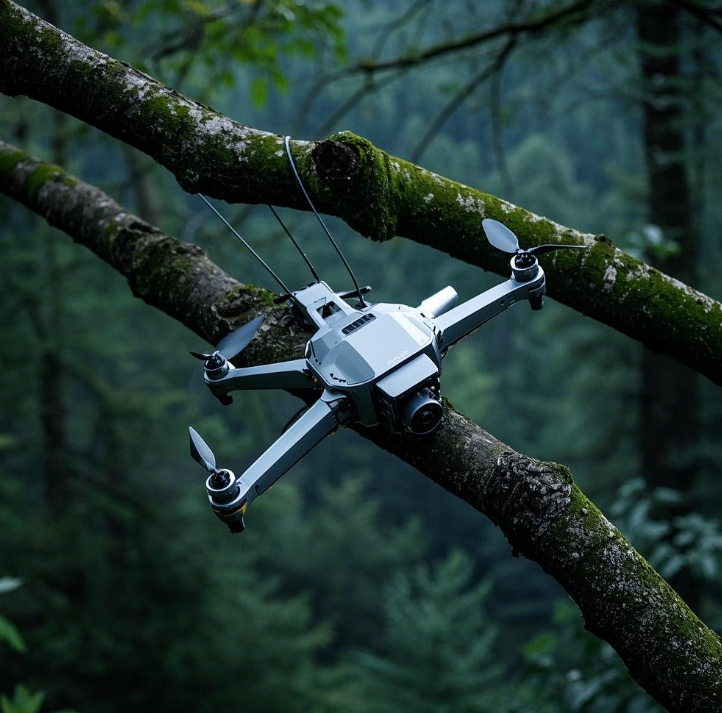
Quick review of regulations:
It is strictly prohibited to fly within 15 km of airports, military restricted areas, and crowded areas.
The altitude limit is 120 meters in China. In some countries, such as the United States, you need to obtain a license (e.g., FAA Part 107).
Tool recommendation: Use the "UAV Forecast" app to check local regulations and weather conditions with one click.
Comparison of insurance types:
The official Care Refresh service (covers human - error - related issues but has a limit on the number of claims).
Third - party liability insurance (essential! In China, there has been a case where a drone pilot had to pay 200,000 yuan for hitting a luxury car).
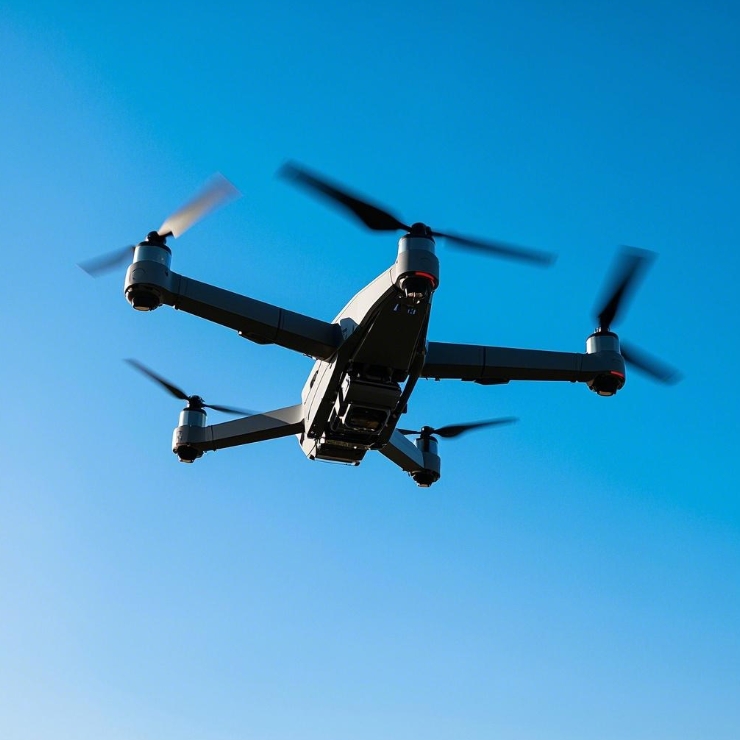
Parameter optimization:
Follow the "1/2 of the frame rate" principle for shutter speed (for example, use a 1/60s shutter speed for a 30fps video).
Refer to the ND filter usage scenario table (essential in strong light to avoid overexposure).
Professional solutions:
Turn off autofocus (urban light pollution can cause the autofocus to hunt repeatedly).
Install a polarizing filter to eliminate neon light reflections (practically tested to improve image purity by 40%).
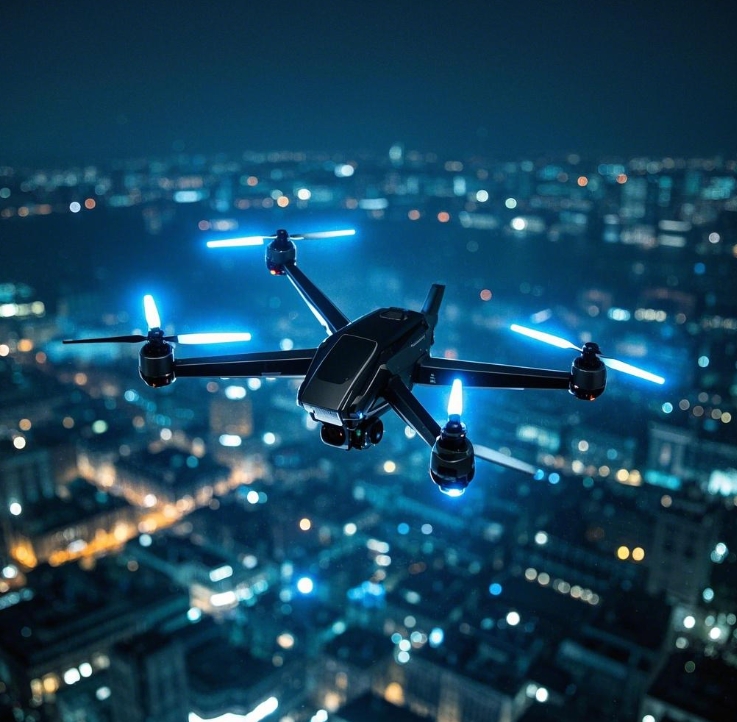
Typical accident scenarios:
The "Rise" mode triggers the automatic obstacle - avoidance function and sudden stop among buildings, resulting in a collision with the ceiling.
A too - small radius in the "Orbit" mode causes out - of - control due to centrifugal force.
Safety advice: Test new functions in open areas and manually set conservative parameters.
Inspection guide:
Abnormal noise during gimbal self - check (may indicate a drone that has been in a collision and repaired).
Battery cycle count (performance degrades by 30% when the number exceeds 50).
There is a hidden ID lock (the seller needs to provide the unlocking certificate).
Drone safety depends on the dual improvement of "technology + awareness":
Regularly update the firmware (to fix system vulnerabilities).
Practice with flight simulators (software like Liftoff can reduce the risks of actual operations).
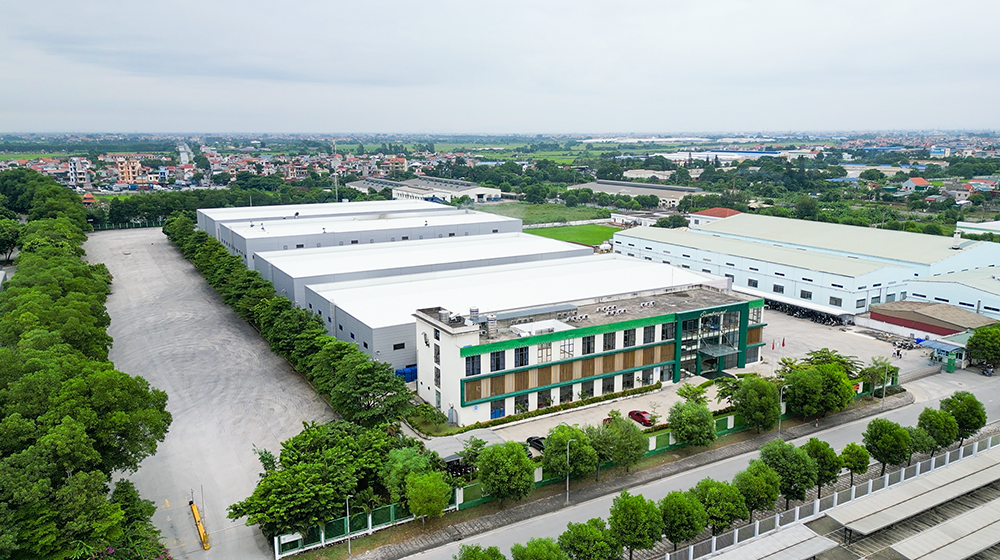
Worldbound Plastics, a custom service provider of mid - to - high - end brand precision injection - molded parts with over 20 years of experience, is dedicated to providing high - end brands with a one - stop solution covering product design, precision mold manufacturing, injection molding, painting, pad printing, assembly, and after - sales service. Worldbound has 5 injection - molding factories in Vietnam and 7 factories in Dongguan, Guangzhou, and other places in China. With a total of 12 factories at home and abroad, it offers customers comprehensive one - stop plastic and hardware processing and customization services. Welcome to visit us.
Copyright © 2023 :Worldbound Plasitc Products Co.Ltd